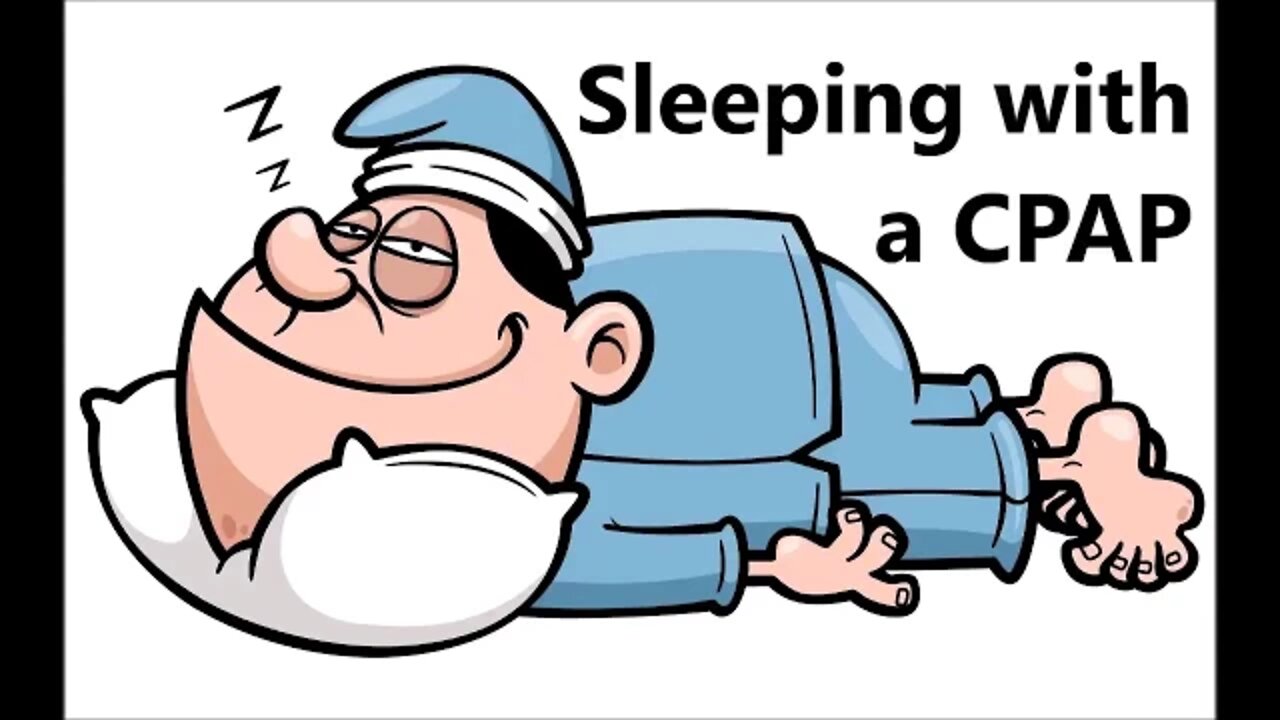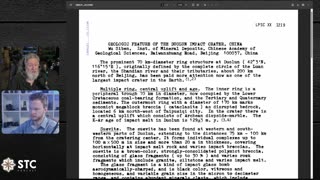Premium Only Content

How to Sleep with a CPAP? Beginner and newbie turorial for a CPAP or APAP
WWG1WGA
For those of you who are new to a CPAP and struggling to sleep. You are not alone and there are things you can do to fix the problem. BE ADVISED SLEEPYHEAD SOFTWARE HAS BEEN REPLACED WITH "OSCAR"
Important Links
http://www.apneaboard.com/
How to access clinician settings on your particular machine
http://www.apneaboard.com/adjust-cpap-pressure/change-cpap-pressure-settings-adjusting-your-machine-with-a-clinician-setup-manual
SleepyHead Software (now called OSCAR)
https://www.sleepfiles.com/OSCAR/
So you found out that you have sleep apnea. Not only are you tired and sleepy already, but the new machine is adding to the problem.
So, how do you find the right and best pressure and let your body adjust to it? That is what this video is for.
I am not a doctor, but just a poor OCD Engineer that spent a great deal of time going through this process and suffering with what I described above. This is not meant as a replacement to sound medical advice.
First, you need to download sleepyhead software in order to get information on your condition. This software will give you a nightly report of your apnea that you can track over time. It will tell you if you are having Apnea, Obstructive Apnea, Hypopnea, or respiratory arousals RERAs. It will also show you exactly what time each event happened along with giving you your nightly AHI.
The first thing you do is adjust your machine to it's lowest pressure setting. This pressure will be so low that it doesn't bother you when you sleep and will help you get used to it. Of course, it probably won't work at that level, but that is not the point. After the first night, record you apnea for that night. The next night, you will need to increase the pressure by 0.2. This is negligible amount you will not notice. Again record your apnea events for the night. You will continue this process every night for a month or two. Only increase pressure by 0.2 each night. Eventually you will discover the pressure that drops your apnea substantially. Continue to increase pressure for awhile after this to make sure it wasn't just a fluke. This way you are able to find the best pressure fit for you. Furthermore, you have given you body a chance to slowly adjust to the machine.
I don't use the ramp feature, but I do use the EPR.
Think of this like an at-home titrayion study.
-
 LIVE
LIVE
BubbaSZN
7 hours ago🔴 LIVE - SLAYING ZOMBIES W/ CATDOG UNTIL MY BDAY AT 12AM!
202 watching -
 LIVE
LIVE
SlingerGames
3 hours agoRumble Spartans, ASSEMBLE! | Push for 400 Followers
90 watching -
 5:22:07
5:22:07
xXFadedAngelXx
7 hours agoSPARTAN NIGHT! Featuring the Communiy! Thanks @OhHiMark! & @Phyxicx! for the invite
13.8K1 -
 LIVE
LIVE
AdmiralSmoothrod
6 hours agohalo MCC - Multiplayer Rumble No. 21 - its gonna get sticky
63 watching -
 DVR
DVR
BlackDiamondGunsandGear
4 hours agoNEW Glock Gen6 / Still Hate them / After Hours Armory
5.35K -
 8:49
8:49
Hollywood Exposed
5 hours agoBill Maher Explodes After Killer Mike Refuses Any Accountability On Air
3.72K8 -
 DVR
DVR
DLDAfterDark
4 hours ago $0.45 earnedThe Average Gunfighter - Gen 6 Glocks - The After Hours Armory
3.31K -
 12:31
12:31
Robbi On The Record
2 days ago $9.07 earnedWhy Nothing Feels Real Anymore | The Science, Culture, and Spiritual War Behind the Fog
65.2K31 -
 25:21
25:21
Stephen Gardner
7 hours agoWait Until You Hear This UNEXPECTED Trump Story!
26.1K68 -
 1:19:11
1:19:11
Squaring The Circle, A Randall Carlson Podcast
13 hours agoBreaking: New Evidence & Studies For Younger Dryas Impact Hypothesis
16.8K